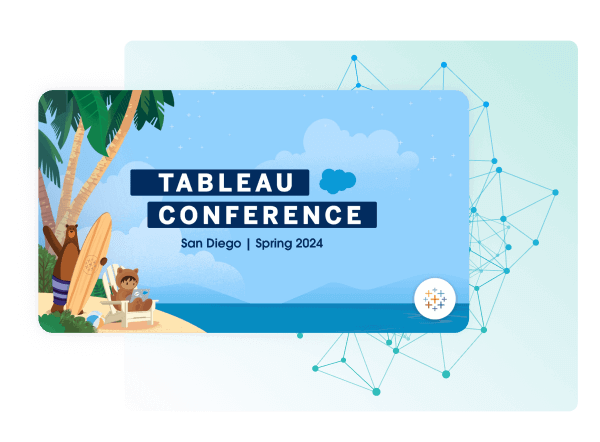Discover how a bimodal integration strategy can address the major data management challenges facing your organization today.
Get the Report →Pipe Typeform Data to CSV in PowerShell
Use standard PowerShell cmdlets to access Typeform tables.
The CData Cmdlets Module for Typeform is a standard PowerShell module offering straightforward integration with Typeform. Below, you will find examples of using our API Cmdlets with native PowerShell cmdlets.
Creating a Connection to Your Typeform Data
Start by setting the Profile connection property to the location of the TypeForm Profile on disk (e.g. C:\profiles\TypeForm.apip). Next, set the ProfileSettings connection property to the connection string for TypeForm (see below).
TypeForm API Profile Settings
Authentication to TypeForm uses the OAuth standard.
To authenticate to TypeForm, you must first register and configure an OAuth application with TypeForm here: https://admin.typeform.com/account#/section/tokens. Your app will be assigned a client ID and a client secret which can be set in the connection string. More information on setting up an OAuth application can be found at https://developer.typeform.com/get-started/.
Note that there are several different use scenarios which all require different redirect URIs:
- CData Desktop Applications: CData desktop applications (Sync, API Server, ArcESB) accept OAuth tokens at /src/oauthCallback.rst. The host and port is the same as the default port used by the application. For example, if you use http://localhost:8019/ to access CData Sync then the redirect URI will be http://localhost:8019/src/oauthCallback.rst.
- CData Cloud Applications: CData cloud applications are similar to their desktop counterparts. If you access Connect Cloud at https://1.2.3.4/ then you should use the redirect https://1.2.3.4/src/oauthCallback.rst.
- Desktop Application: When using a desktop application, the URI https://localhost:33333 is recommended.
- Web Application: When developing a web application using the driver, use your own URI here such as https://my-website.com/oauth.
After setting the following connection properties, you are ready to connect:
- AuthScheme: Set this to OAuth.
- InitiateOAuth: Set this to GETANDREFRESH. You can use InitiateOAuth to manage the process to obtain the OAuthAccessToken.
- OAuthClientId: Set this to the Client Id that is specified in your app settings.
- OAuthClientSecret: Set this to Client Secret that is specified in your app settings.
- CallbackURL: Set this to the Redirect URI you specified in your app settings.
$conn = Connect-API -Profile "$Profile" -Authscheme "$Authscheme" -OAuthClientId "$OAuthClientId" -OAuthClientSecret "$OAuthClientSecret" -CallbackUrl "$CallbackUrl"
Selecting Data
Follow the steps below to retrieve data from the Tags table and pipe the result into to a CSV file:
Select-API -Connection $conn -Table Tags | Select -Property * -ExcludeProperty Connection,Table,Columns | Export-Csv -Path c:\myTagsData.csv -NoTypeInformation
You will notice that we piped the results from Select-API into a Select-Object cmdlet and excluded some properties before piping them into an Export-Csv cmdlet. We do this because the CData Cmdlets append Connection, Table, and Columns information onto each "row" in the result set, and we do not necessarily want that information in our CSV file.
The Connection, Table, and Columns are appended to the results in order to facilitate piping results from one of the CData Cmdlets directly into another one.





